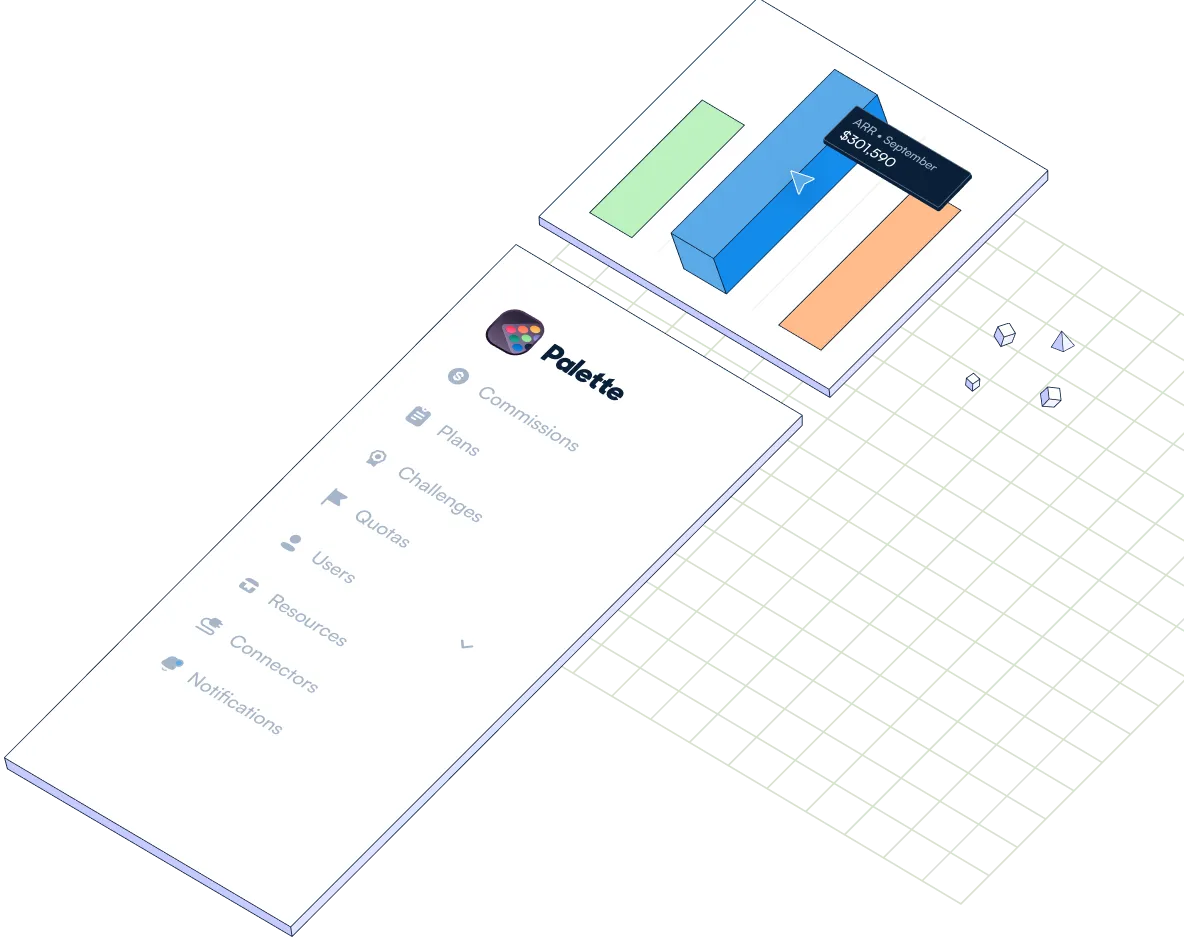Guide to Data Warehouses
What is a data warehouse?
The data warehouse space is a critical component of modern data management and analytics. It involves storing and managing large volumes of structured and unstructured data from various sources to support business intelligence, reporting, and advanced analytics. This guide provides a detailed overview of the data warehouse space, including top vendors, solutions, and some examples of companies that use them and their use cases.
Why are data warehouses important?
Data warehouses play a crucial role in modern business. Some of their key use cases include:
1. Centralized Data Storage: Data warehouses serve as a centralized repository for collecting, storing, and managing data from various sources within an organization. They provide a structured and organized environment where data from different systems, databases, applications, and external sources can be consolidated and stored in a standardized format.
2. Data Integration and Consolidation: Data warehouses enable the integration and consolidation of disparate data sources. They allow organizations to combine data from multiple operational systems, such as sales, marketing, finance, and customer relationship management (CRM), into a unified view. This integration provides a comprehensive and consistent representation of the organization's data, eliminating data silos and enabling cross-functional analysis.
3. Historical and Time-Series Analysis: Data warehouses retain historical data, capturing snapshots of the organization's data at different points in time. This historical data enables organizations to perform time-series analysis, track trends, identify patterns, and gain insights into historical performance. It facilitates comparisons and analysis of data over different time periods, enabling organizations to make informed decisions based on historical context.
4. Business Intelligence and Analytics: Data warehouses serve as a foundation for business intelligence (BI) and analytics initiatives. By storing clean, integrated, and structured data, they provide a reliable and consistent data source for performing in-depth analysis, generating reports, and building interactive dashboards. Data warehouses enable users to query and analyze large volumes of data efficiently, extract meaningful insights, and make data-driven decisions.
5. Performance and Scalability: Data warehouses are optimized for analytical workloads and large-scale data processing. They are designed to handle complex queries and aggregations on massive datasets efficiently. By leveraging techniques like indexing, partitioning, and query optimization, data warehouses deliver fast query response times, enabling users to explore and analyze data interactively.
6. Data Quality and Consistency: Data warehouses often include data quality processes and controls to ensure the accuracy, completeness, and consistency of data. By cleansing and standardizing data during the ETL (Extract, Transform, Load) process, data warehouses help organizations maintain data integrity and improve data quality. This ensures that users can rely on the data stored in the warehouse for decision-making.
7. Regulatory Compliance and Governance: Data warehouses facilitate compliance with regulatory requirements, such as data privacy regulations (e.g., GDPR) and industry-specific standards (e.g., HIPAA for healthcare). They provide mechanisms for data governance, data lineage, and auditability, allowing organizations to track data usage, maintain data security, and ensure regulatory compliance.
Overall, data warehouses are essential for enabling effective data management, integrated analytics, and informed decision-making within organizations. They provide a solid foundation for extracting valuable insights from vast amounts of data, improving operational efficiency, and driving strategic initiatives.
Top Vendors in the Data Warehouse Space:
1. Snowflake: Snowflake offers a cloud-based data warehouse platform known for its scalability, performance, and flexibility. It allows organizations to store and analyze data from multiple sources in a centralized location.
2. Amazon Redshift: Amazon Redshift is a fully managed data warehouse solution provided by Amazon Web Services (AWS). It is known for its scalability, cost-effectiveness, and integration with other AWS services.
3. Google BigQuery: BigQuery is a serverless, highly scalable enterprise data warehouse solution offered by Google Cloud Platform (GCP). It enables users to run complex analytics on large datasets using SQL queries.
4. Microsoft Azure Synapse Analytics: Formerly known as Azure SQL Data Warehouse, Azure Synapse Analytics is a cloud-based analytics service provided by Microsoft Azure. It combines data warehousing and big data analytics capabilities into a unified platform.
5. Oracle Autonomous Data Warehouse: Oracle offers an autonomous data warehouse solution that leverages machine learning and automation to simplify data management and analytics tasks. It provides high-performance analytics and supports various data types.
6. IBM Db2 Warehouse: Db2 Warehouse is an IBM data warehouse solution designed to handle large-scale analytics workloads. It integrates with other IBM tools and platforms to provide a comprehensive analytics ecosystem.
Companies Using Data Warehouse Services and Their Use Cases:
1. Netflix: Netflix utilizes data warehouse solutions to analyze viewer behavior, track content performance, and make data-driven decisions regarding content acquisition and recommendation algorithms.
2. Airbnb: Airbnb uses data warehouse platforms to manage and analyze large volumes of data related to guest bookings, host listings, and pricing strategies. This helps them optimize the user experience and enhance revenue generation.
3. Uber: Uber employs data warehousing to process and analyze vast amounts of data generated from ride-hailing services, driver activities, and customer interactions. This data is used for optimizing operations, driver incentives, and improving rider experience.
4. Spotify: Spotify leverages data warehouse solutions to analyze user listening patterns, generate personalized playlists, and provide targeted recommendations. This helps enhance user engagement and satisfaction.
5. Walmart: Walmart uses data warehousing to consolidate data from various sources, including sales transactions, supply chain information, and customer behavior. The insights derived from this data aid in inventory management, demand forecasting, and optimizing store operations.
6. American Express: American Express employs data warehousing to analyze transaction data, detect fraud patterns, and personalize offers for their customers. This helps improve security measures and deliver targeted marketing campaigns.
The specific use cases for each company and department can vary significantly based on the industry, business objectives, and data requirements of each organization.
Trends in the data warehouse space
Over the past 10 years, the data warehouse vendor space has experienced significant changes driven by advancements in technology, shifts in customer requirements, and evolving market dynamics. Some key transformations that have occurred in the data warehouse vendor space during this period include:
1. Rise of Cloud-Native Data Warehouses: Cloud computing has become the dominant paradigm in the data warehouse industry. Traditional on-premises data warehouses have increasingly been replaced by cloud-based solutions. Cloud-native data warehouses offer scalability, agility, and cost-effectiveness, allowing organizations to easily scale their data storage and processing capabilities as needed.
2. Transition to Managed Services: Data warehouse vendors have shifted from selling software licenses to providing fully managed services. Managed data warehouse solutions handle infrastructure provisioning, maintenance, and performance tuning, relieving customers from the burden of managing complex hardware and software stacks. This shift has simplified data warehouse adoption and reduced operational overhead for organizations.
3. Separation of Storage and Compute: The separation of storage and compute has gained prominence in the data warehouse space. This architectural approach, popularized by Snowflake, allows organizations to scale storage and compute resources independently, optimizing costs and performance. This separation also enables more granular control over resource allocation based on workload requirements.
4. Evolution of Analytical Capabilities: Data warehouses have evolved beyond traditional reporting and basic analytics to support advanced analytical capabilities. Modern data warehouse solutions offer integrated support for data exploration, data science, machine learning, and artificial intelligence. This enables organizations to derive deeper insights and drive more sophisticated analytics workflows directly within the data warehouse environment.
5. Integration with Big Data and Streaming: Data warehouses have expanded their capabilities to handle big data and real-time streaming data sources. Many vendors now offer integrations with big data platforms like Apache Hadoop and Apache Spark, allowing organizations to process and analyze large volumes of structured and unstructured data. Real-time streaming data ingestion and processing have also become crucial for data warehouses, enabling organizations to perform real-time analytics and make data-driven decisions in near real-time.
6. Proliferation of Vendor Options: The data warehouse market has seen a proliferation of vendors and solutions. In addition to traditional database vendors, new players, particularly cloud providers, have entered the market and gained significant market share. This increased competition has led to more choices for customers, driving innovation and pushing vendors to differentiate themselves based on features, performance, and pricing.
7. Emphasis on Data Governance and Security: With the growing importance of data privacy and regulatory compliance, data governance and security have become critical considerations for data warehouse vendors. Vendors are now offering enhanced security features, encryption, access controls, and auditing capabilities to ensure data protection and compliance with regulations like GDPR and CCPA.
8. Growing Ecosystem and Integration Capabilities: Data warehouse vendors have focused on building and expanding their ecosystems by integrating with various data integration, analytics, and visualization tools. This integration allows organizations to leverage their existing technology investments and create end-to-end analytics workflows within a unified environment.
Overall, the data warehouse vendor space has transformed over the past decade, driven by the cloud, advanced analytics, big data, and evolving customer needs. The shift towards cloud-native architectures, managed services, advanced analytics capabilities, and integration with big data and streaming sources has shaped the modern data warehouse landscape.
Why Palette?
Automate calculations
Automate sales commission payments. Create commission rules, define a payout schedule and access monthly statements for each sales rep.
Motivate and coach with real time dashboards
Motivate sales professionals with real-time visibility into commissions. Coach your team, align everybody with company goals and drive long term sales performance.
Compare, simulate and design commission plans
Roll out new commission plans with ease. Compare plans and simulate new rules with a single click.
No more errors
Palette keeps history logs and tracks every calculation detail, helping you to reduce sales commission errors.
Reconcile revenue with CRM data
With Palette you can reconcile invoices and payments with CRM data and pay commissions to your reps only when the money is in the bank.
Create challenges with one click
Incentivize your teams on short term goals. Create a challenge targeting any KPI you want to uplift, drive better results and boost your company’s culture.

Loved by teams and companies you know

















Ready to try
Palette?
